Lost in Time (Coktel Vision) - 1993
This review is part of the “Let’s Adventure!” series. See all reviewed games sorted by rating here.
Lost in Time is a computer adventure game developed and published by Coktel Vision in 1993. It was promoted as being “The first Interactive Adventure Film using Full Motion Video Technology” and contained four graphical elements: full motion video, hand painted and digitized backgrounds and 3D decor.
This game had a lot of promise based on the description, and when I started reading up on the story I got a little excited. Unfortunately, that didn’t last and as soon as you start playing this game you realize it’s just not that good.
Lost in Time doesn’t really introduce the story at all as the game sort of just “starts” in the hold of a ship. You’ll piece together bits of backstory as you go and discover there’s some undertones of time travel and you’re at the center of it all somehow but it didn’t really flow very well.
Eventually you’ll open a door and find Melkior, who is a member of the time police or something to that effect. You’ll need to free him, but this will involve solving a bunch of item combination puzzles, which first involves finding the items.
This game is one giant fetch quest, but it manages to execute these in the most obtuse and least fun ways possible. Each static screen only has a handful of hot-spots you can interact with so it’s not too difficult to identify what you need to click on, but it’s not obvious that you’ll need to revisit some of these repeatedly.
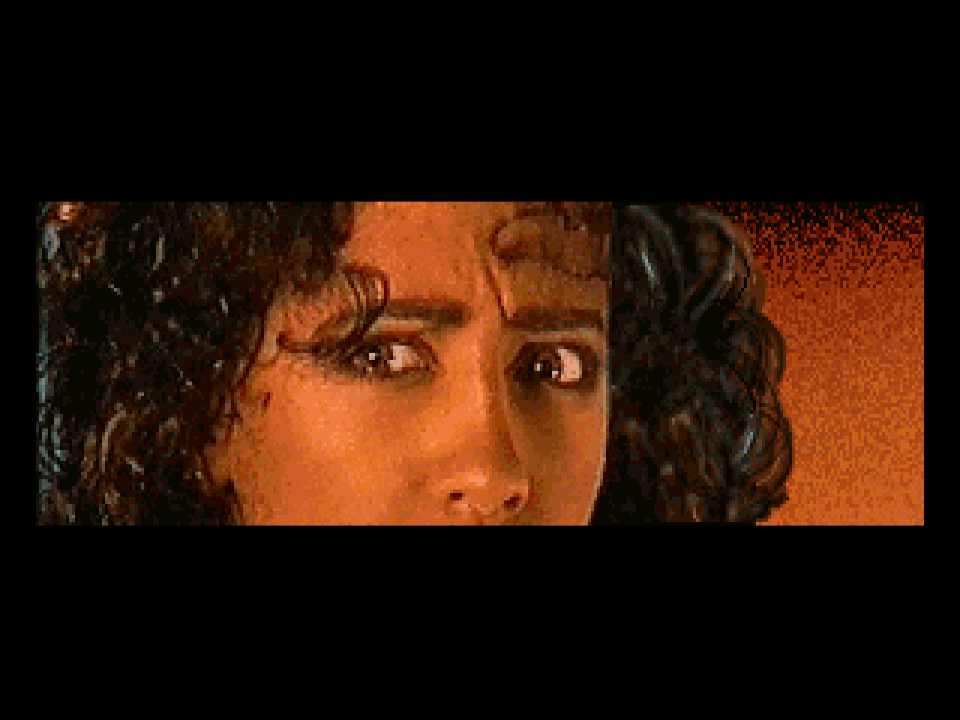 You’ll see this screen a lot throughout the game
You’ll see this screen a lot throughout the game
There were a couple releases of this game - text only and fully voice acted. I opted for the latter, which in hindsight was a mistake. The voice acting in this game is atrocious. The lip synching is typically off (which is fine for 1993), but the actors are really shooting for the moon with their performances. It doesn’t help that every time Doralice (the protagonist) has anything you say you get this same visual representation of half her face moving up and down.
It was a missed opportunity when they released this game on CD that they did’t include the subtitles that were present in the disk version. The voice acting is slow and drawn out - and you can’t skip any of it. I’m fairly certain you couldn’t make the text advance any faster in the disk version but it felt less irritating none the less.
 What are jokers and why do I have three of them?
What are jokers and why do I have three of them?
The game has (what I believe to be) a hint system called “Jokers”. The game doesn’t give you any indication what these are, why they’re limited, or why they’re only present in select places. Even going back and reading through the game’s manual only tells you:
“There are a few “jokers” available in various places throughout the game that will give you some hints if you are stuck. You are only allowed to use three”
If you’re curious to play this game give the manual a read as it does introduce the game’s concepts and characters much better than the game itself does.
To play this game is to just click every labelled hotspot (multiple times), then try and combine everything with everything. For the limited number of interactive areas per screen there are A LOT of items you’ll need to collect, combine and try on each screen. Since this is an adventure game this mechanic isn’t surprising, but the types of item combinations you need to perform are unintuitive in many cases.
You’ll also need to be aware of items that contain other items that you’ll need to “remove” from their containers to use them properly. You may also find yourself combining items “in the wrong order” which doesn’t give you any indication that you’re doing something wrong …
Since there’s going to be a lot of backtracking it is convenient that the game gives you a fast-travel map. There are only three “levels” in this game, so there’s really not much you need to explore, but the sheer amount of backtracking to these static screens just to attempt to use every new item with every existing item and every possible hotspot draws this out unnecessarily.
The reviews of this game (at time of release) were generally positive for how the live-action video was incorporated. Honestly it’s pretty hard to watch and feels out of place and not overly well done. Seeing as this game came out the same years as The 7th Guest and Myst you can’t even point to it and say “well, it was good for 1993”.
Unfortunately it’s not just the video and voice acting that sucks in this game. The sound effects feel out of place throughout the game and really give you the sense that they’re just stock effects the developers threw together. Overall it’s just not a good game.
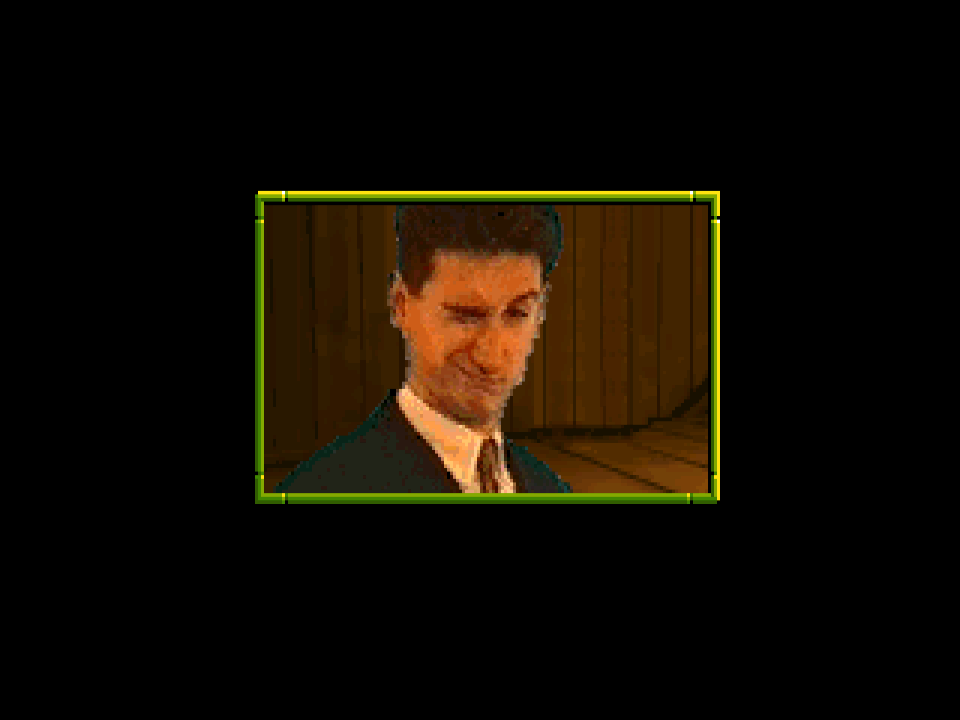 OMG THE GAME ENDS WITH HIM LOOKING AT THE CAMERA AND FUCKING WINKING!!!
OMG THE GAME ENDS WITH HIM LOOKING AT THE CAMERA AND FUCKING WINKING!!!
Lost in Time is not fun. So far Coktel Vision games just aren’t very good … and there are still many more to go in this series. It’s so frustrating that you need to “re-look” at many areas in this game after you pick items up as they may contain another item that wasn’t visible when you first inspected the area. For example, there’s a drawer you open at one point to pick up a diary … then if you click the drawer again you open it more to find something else. WHY NOT JUST SHOW 2 ITEMS IN THE DRAWER THE FIRST TIME???
You can also miss items easily, and will lose the game if you don’t remember to “remove” the flower from the bag on the last screen before catching the snake and throwing the bag in the fire. Why you ask? Because you need to throw the flower at the main antagonist to make him sneeze and fall to his death off a log bridge you somehow find yourself on for the final conflict.
I really wanted to like this game, but I really didn’t. I wouldn’t recommend this to anyone.
Game Information
| Game | Lost in Time |
| Developer | Coktel Vision |
| Publisher | Coktel Vision, Sierra On-Line |
| Release Date | 1993 |
| Systems | DOS |
| Game Engine | Gob |
My Playthrough
| How Long To Beat? | 4 hours |
| Version Played | DOS via ScummVM |
| Notes | Walkthrough |
Score
See here for a refresher on how we’re scoring these games.
| Atmosphere (20) | 4 |
| Story (25) | 5 |
| Experience (15) | 2 |
| Impact (10) | 2 |
| 19% |
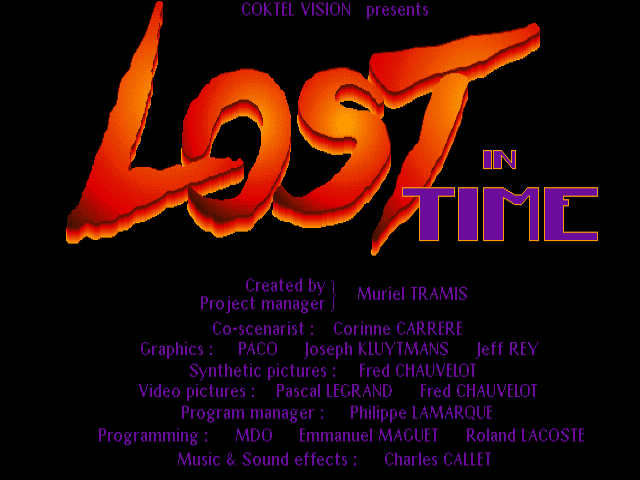
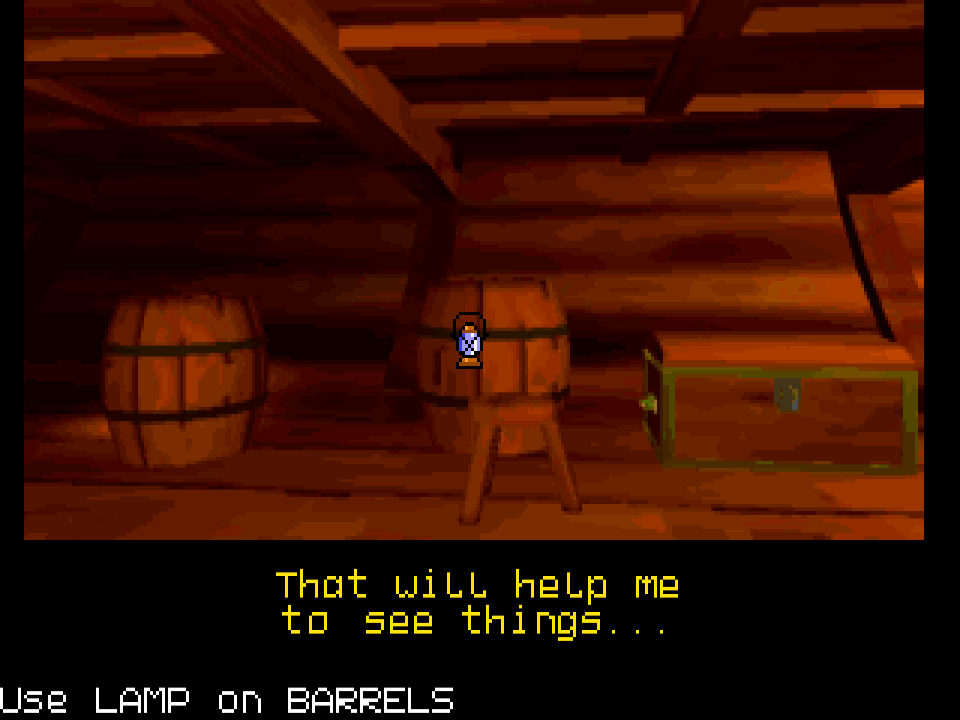
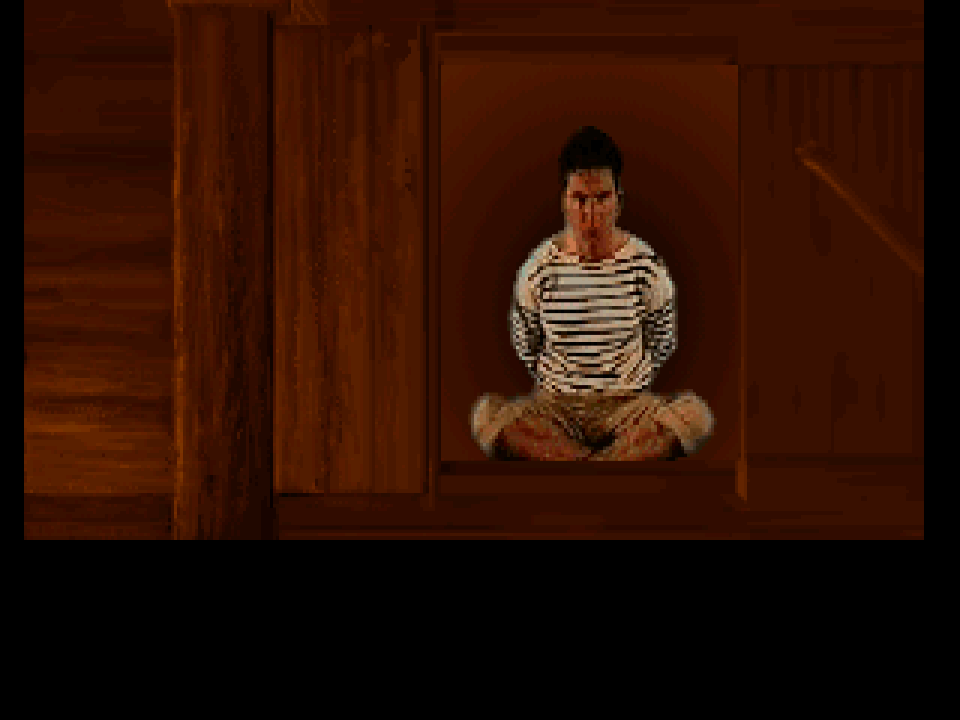
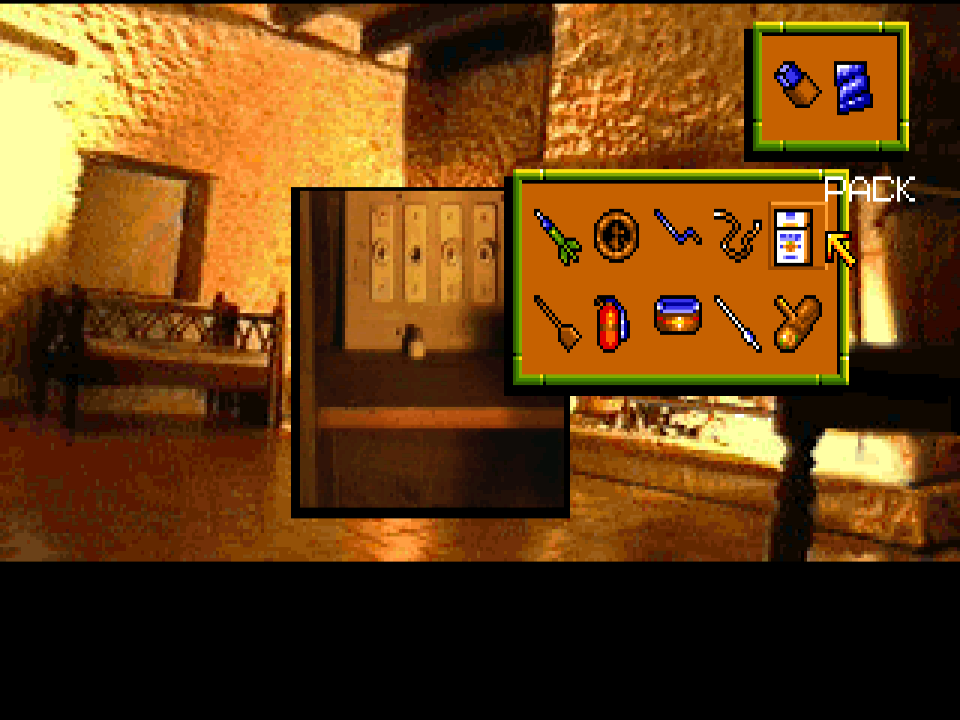

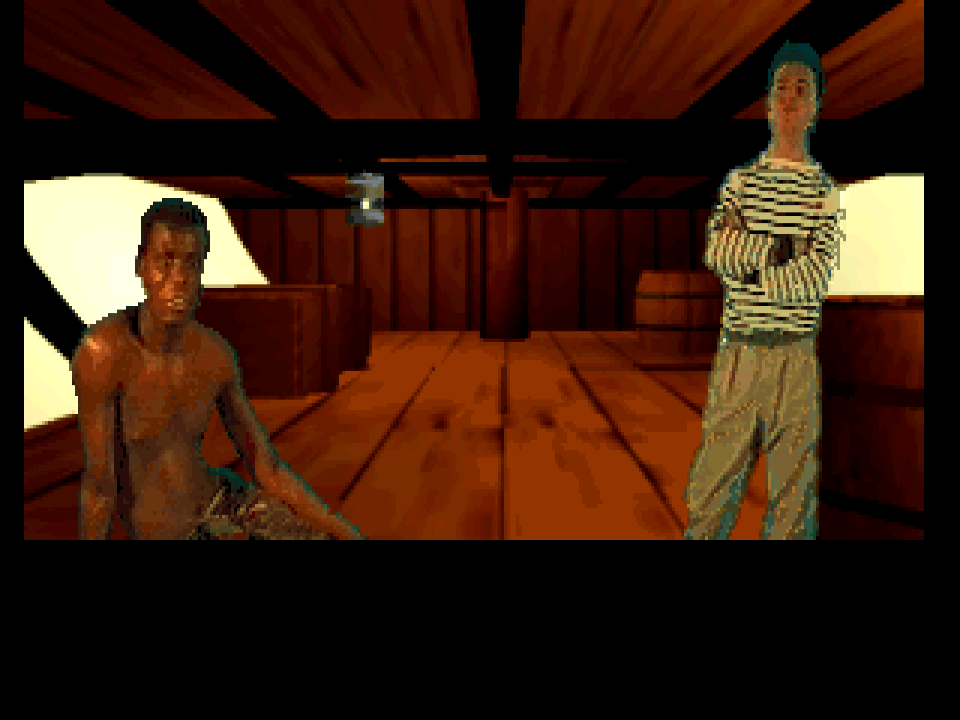
Comments powered by Disqus.